Bitcoin’s rally above $116,500 in early Asian trading hours has revived a familiar theme in global markets: its correlation with gold as a store-of-value asset. With both Bitcoin (BTC) and gold advancing in tandem against a backdrop of heightened macro uncertainty, investors are once again treating the digital asset as a hedge, albeit one with higher volatility and potentially higher upside.
Crypto Markets Rally Into ‘Uptober’
Bitcoin has gained 3.8% in the past 24 hours, trading just shy of the symbolic $117,000 mark, while Ethereum (ETH) rose 2.5% to $3,240. Gold futures, meanwhile, climbed 0.9% to $2,525 per ounce, reaching their strongest level in two months. The synchronized movement underscores a market narrative in which digital and traditional safe havens are benefiting from capital inflows amid expectations of slower global growth.
Crypto traders have long used the term “Uptober” to describe October’s bullish seasonal patterns, and 2025 is so far conforming to that script. Data from CoinGlass shows that Bitcoin has closed October in the green nine out of the past 11 years, with an average monthly return of 18%. The optimism is further supported by institutional flows, with digital asset investment products recording $310 million in net inflows last week, according to CoinShares.
Investor Sentiment and Market Psychology
For professional investors, Bitcoin’s renewed correlation with gold offers both comfort and caution. On one hand, the alignment reinforces BTC’s positioning as “digital gold,” validating the narrative of Bitcoin as an inflation hedge and portfolio diversifier. On the other, the psychological layer is more nuanced: Bitcoin’s volatility remains several multiples higher than that of gold, which may limit its appeal to risk-averse capital.
Market strategists note that the 90-day rolling correlation between Bitcoin and gold has risen to 0.62, its highest since March 2023. “This convergence is significant,” said Sarah Lin, digital assets strategist at Helios Capital. “It suggests that Bitcoin is no longer trading purely as a speculative technology bet but increasingly as a macro asset influenced by monetary policy, inflation expectations, and geopolitical hedging.”
Strategic Implications for Capital Allocation
The renewed link between gold and Bitcoin may have implications for asset managers seeking diversification. Hedge funds tracking commodity baskets are reportedly exploring BTC allocations, viewing it as a high-beta proxy for gold with asymmetric upside. Meanwhile, sovereign wealth funds in the Middle East and Asia have accelerated exposure through regulated ETFs launched this year.
Still, Bitcoin’s unique risk profile cannot be overlooked. Regulatory developments, particularly in the U.S. and Europe, remain a key variable. Additionally, liquidity shocks in crypto markets tend to magnify drawdowns, which could test investors’ conviction if risk-off sentiment deepens.
Looking Ahead
As Bitcoin edges closer to the $120,000 threshold, the key question for investors is whether its correlation with gold is a temporary alignment or a structural shift. If sustained, Bitcoin could further cement its reputation as a hybrid asset straddling technology and macro-finance. However, its volatility ensures that price trajectories will remain unpredictable, making disciplined risk management paramount.
For now, Bitcoin’s convergence with gold provides a compelling narrative for October: digital and traditional safe havens are moving together, signaling that in times of uncertainty, investors are seeking refuge across both centuries-old and cutting-edge stores of value.

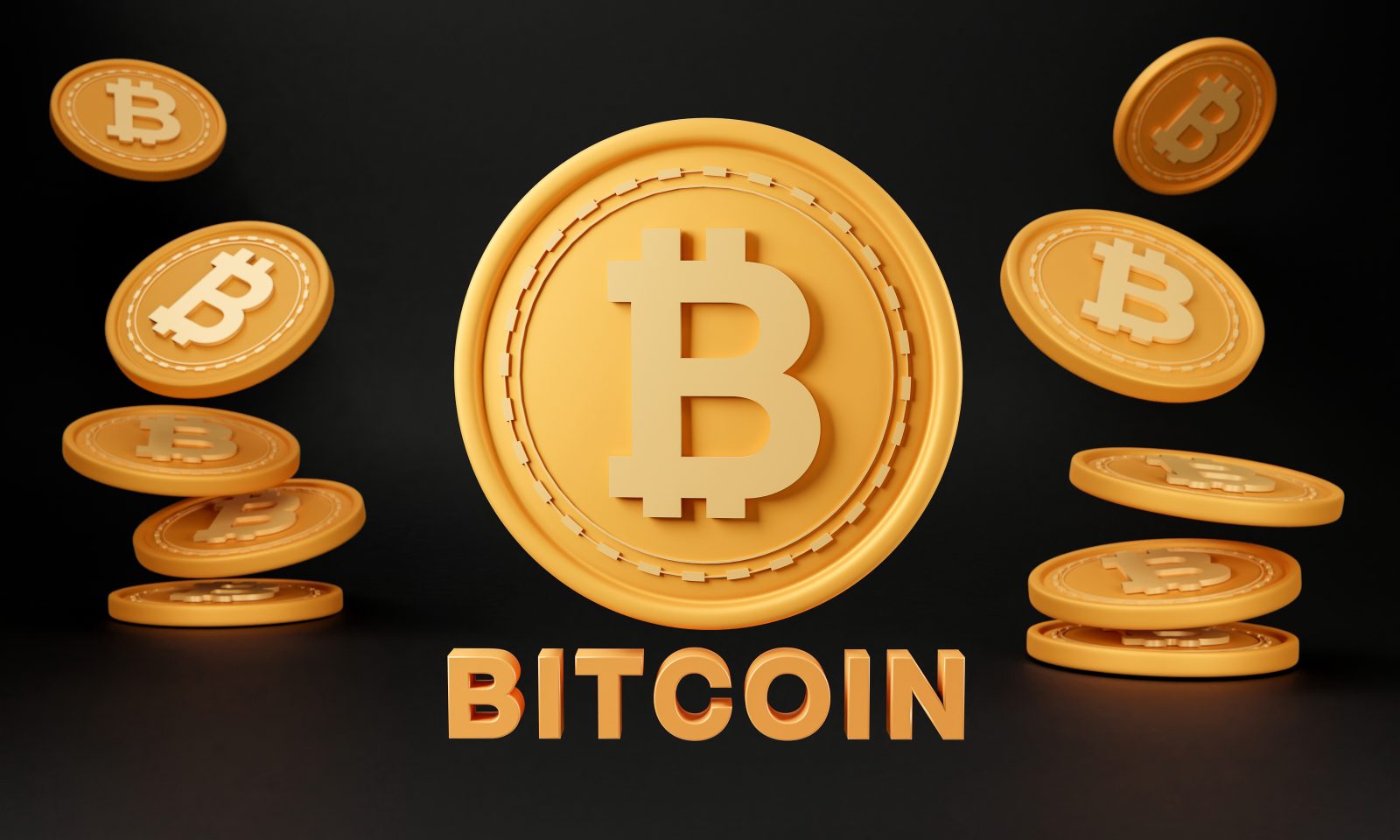


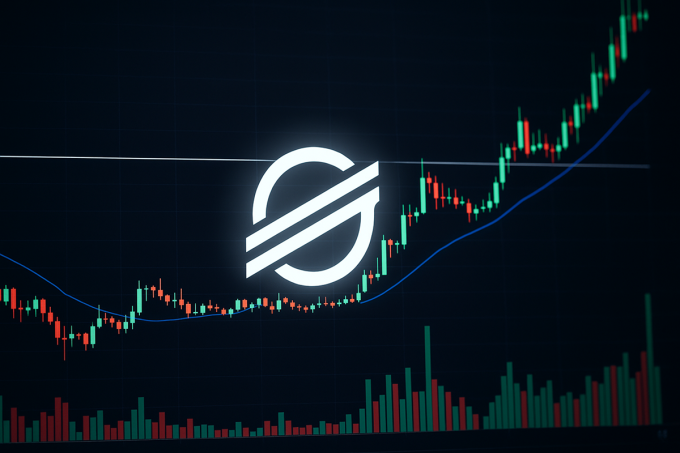


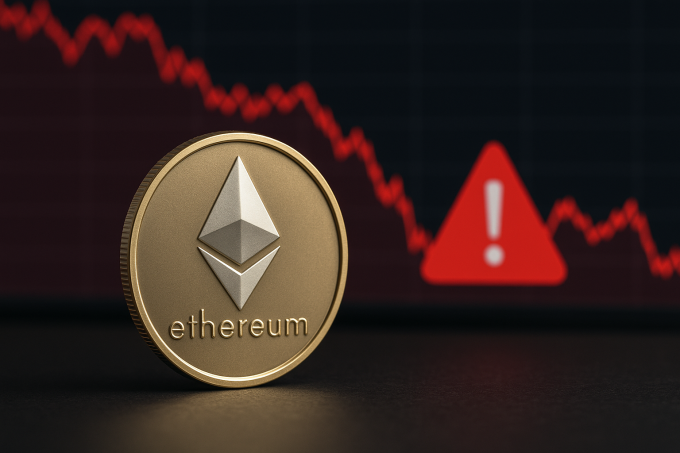
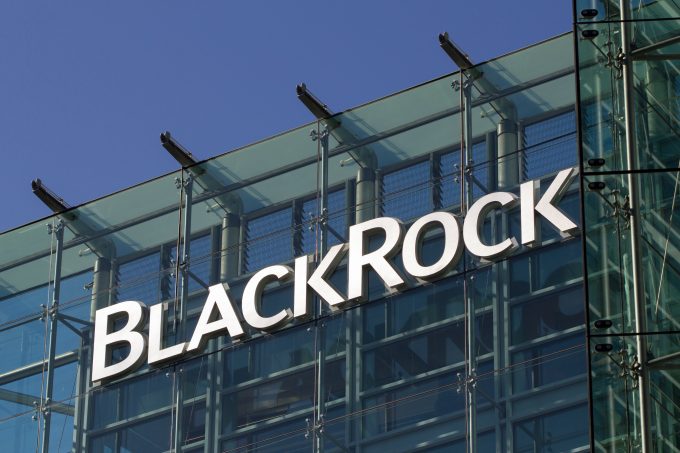
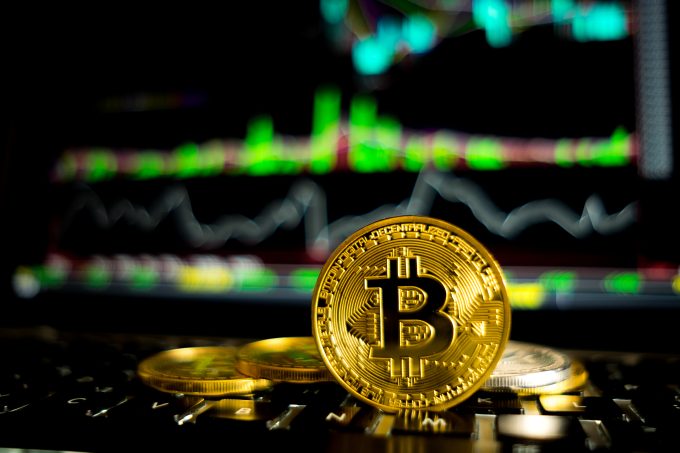

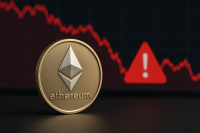

https://shorturl.fm/c6xe9